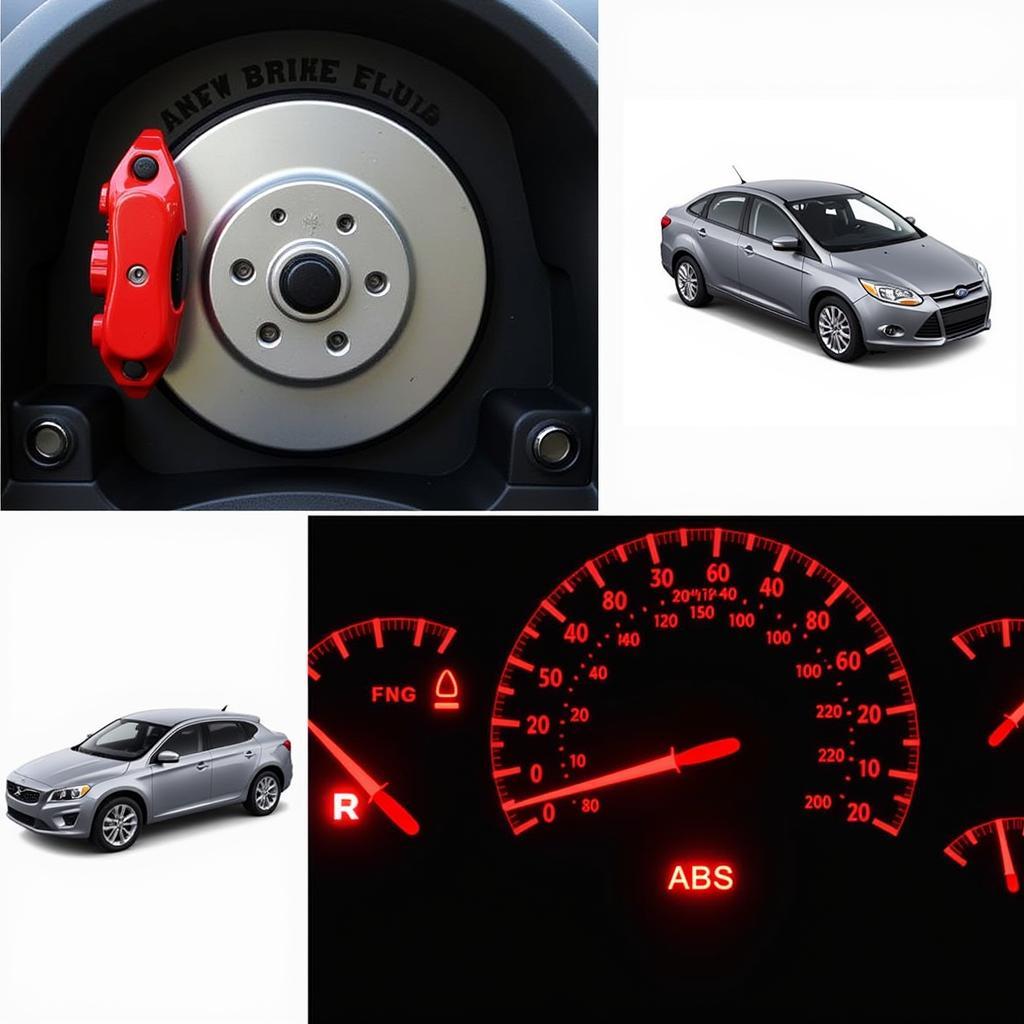Jump starting a car seems simple enough, but what happens when your jump starting battery not working? It can be incredibly frustrating, especially when you’re stranded. This guide will delve into the common causes of jump starting failures and provide you with practical solutions. We’ll cover everything from checking your cables to diagnosing more complex electrical issues.
Why is My Jump Start Not Working?
Several factors can contribute to jump starting issues. Let’s break down the most common culprits:
Dead Donor Battery
It might seem obvious, but a dead or weak donor battery is a frequent reason for jump start failure. Before attempting a jump start, ensure the donor battery is fully charged and in good working order. If you’re experiencing a car battery key not working, you might want to check out this helpful resource: car battery key not working.
Corroded Battery Terminals
Corrosion on battery terminals can prevent a proper electrical connection. Clean the terminals thoroughly using a wire brush and baking soda solution to remove any buildup.
Faulty Jumper Cables
Damaged or worn-out jumper cables can hinder the flow of electricity. Inspect the cables for fraying, cracks, or loose connections. Replace them if necessary.
Bad Ground Connection
A poor ground connection can also prevent a successful jump start. Make sure the negative cable is securely clamped to a clean, unpainted metal surface on the dead car’s engine block.
Internal Battery Issues
Sometimes, the problem lies within the dead battery itself. Internal damage, sulfation, or age can render a battery incapable of holding a charge. In such cases, you’ll likely need a new battery. If you suspect a flat battery or alternator issue, this guide might be helpful: flat battery or alternator.
How to Properly Jump Start a Car
Follow these steps for a safe and effective jump start:
- Park the vehicles: Position the donor car close enough to the dead car so the cables can reach, but ensure the vehicles don’t touch.
- Prepare the vehicles: Turn off both ignitions and any accessories.
- Connect the positive cables: Attach one end of the red (positive) cable to the positive terminal of the dead battery. Then, connect the other end to the positive terminal of the donor battery.
- Connect the negative cables: Clamp one end of the black (negative) cable to the negative terminal of the donor battery. Connect the other end to a clean, unpainted metal surface on the dead car’s engine block, away from the battery.
- Start the donor car: Let the donor car run for a few minutes to charge the dead battery.
- Start the dead car: Attempt to start the dead car. If it doesn’t start immediately, let the donor car run for a few more minutes and try again.
- Disconnect the cables: Once the dead car starts, disconnect the cables in reverse order, beginning with the negative cable on the dead car.
If you’ve recently installed a new battery and it’s already dead, check out this article: my new car battery is dead.
What if Jump Starting Still Doesn’t Work?
If you’ve tried everything and your jump starting battery not working, it’s time to seek professional help. A qualified mechanic can diagnose the issue and recommend the best course of action. You might need to have your battery or alternator tested. This resource can help you understand car battery voltage: car battery voltage good or bad.
“A failing alternator is often misdiagnosed as a bad battery. Always test both before replacing either,” advises John Smith, ASE Certified Master Technician.
Conclusion
Jump starting a dead battery can be a straightforward process, but sometimes things don’t go as planned. By understanding the common causes of jump starting battery not working and following the proper procedures, you can increase your chances of success. If all else fails, don’t hesitate to consult a professional for expert assistance. Perhaps this information regarding a 2019 Ram 1500 dead battery will be helpful: 2019 ram 1500 dead battery.

